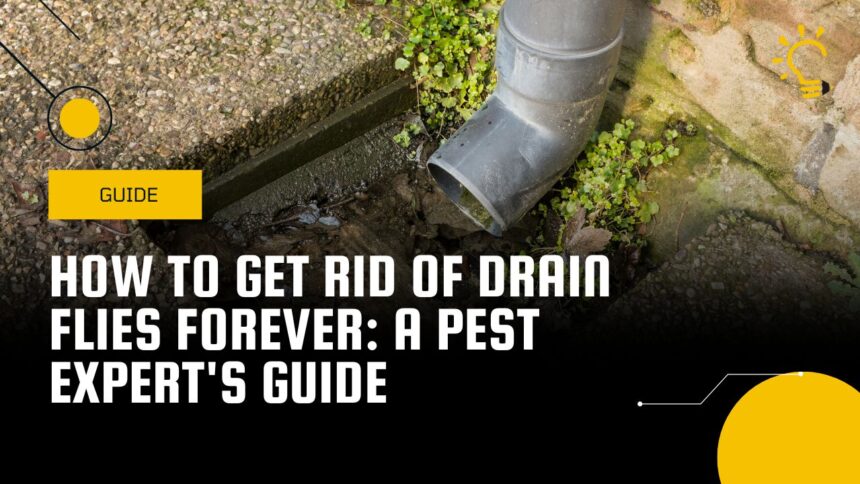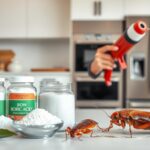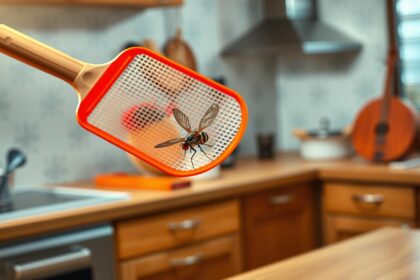Did you know that drain flies aka Gnats can transform from just one or two insects to a full-blown infestation if you don’t address them quickly? Despite their tiny size—typically under a quarter-inch in length—these fuzzy pests create big problems in homes and businesses alike.
When it comes to killing drain flies effectively, understanding their lifecycle is crucial. These persistent insects thrive in the organic matter accumulating in your drains, with larvae feeding on decaying material for about 18 days before pupating. Furthermore, drain fly larvae can develop in any moist environment, from rarely used guest bathroom drains to bar sinks coated with sugary residues. In fact, drain flies treatment often fails because people don’t target all potential breeding grounds.
I’ve spent years helping homeowners and business owners eliminate these stubborn pests, and I’ve learned that getting rid of drain flies permanently requires more than just temporary solutions. Boiling water might provide momentary relief; however, without addressing the underlying causes like slow pipes or hidden organic buildup, they’ll simply return.
Throughout this guide, we’ll explore comprehensive strategies on how to get rid of drain flies that break their 35-day lifecycle. From targeting larvae at their source to establishing weekly maintenance routines, I’ll share the professional techniques that ensure these pests won’t make a comeback. Let’s put an end to your drain fly problem once and for all!
What Are Drain Flies and Why They Keep Coming Back
Drain flies belong to the Psychodidae family, appearing as tiny moth-like insects measuring just 2-5 mm in length. With their fuzzy bodies and distinctive wing patterns, these pests can be easily mistaken for other small flying insects in your home.
How to tell if you have drain flies
Identifying drain flies involves looking for several distinctive characteristics. These insects have gray or tan bodies with hairy wings that fold roof-like over their bodies when at rest. Unlike other household flies, drain flies are notably poor fliers, making short hopping flights and often resting on walls near their breeding sources.
To confirm their presence, try this simple test: cover suspected drains overnight with a clear plastic cup coated with petroleum jelly or vegetable oil on the inside. If drain flies are emerging from that drain, you’ll find them stuck to the coating by morning.
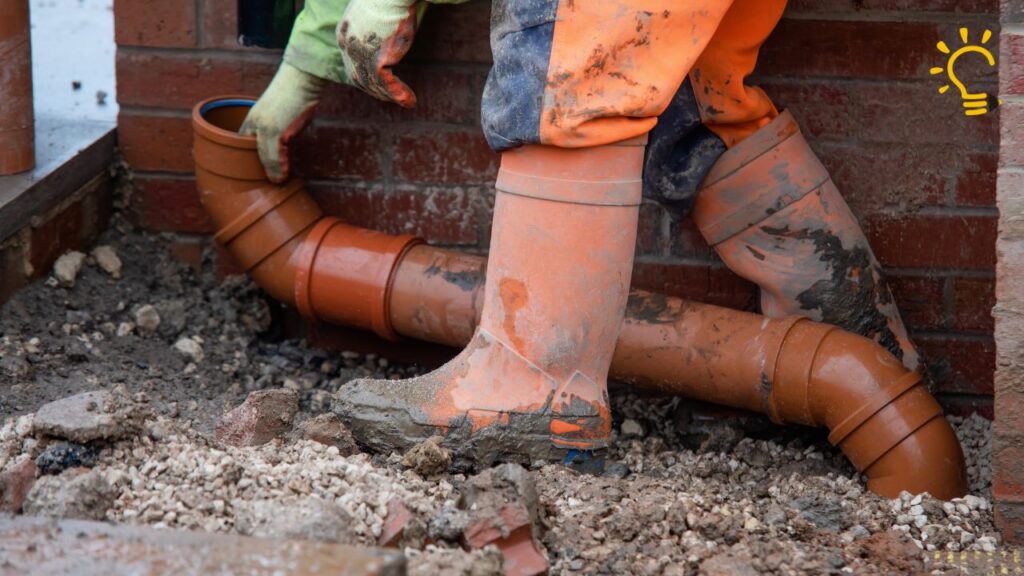
Common breeding grounds in homes and businesses
Drain flies thrive wherever they find wet organic matter. Their primary breeding grounds include:
- Kitchen and bathroom drains coated with bacterial slime
- Rarely used guest bathroom drains with stagnant water
- Floor drains in commercial buildings
- Soda fountain drains filled with sugary residue
- Bar drains containing beer and spirit remnants
- Mop basins with organic debris
Additionally, these pests can breed in condensate pans under refrigerators, dirty garbage containers, and even potted plant saucers with standing water. A single female drain fly can lay between 30-100 eggs in these locations, with the entire life cycle completing in just 8-24 days depending on conditions.
Why DIY fixes often fail
Many homeowners attempt to eliminate drain flies using boiling water or bleach, yet find the pests returning within days. This occurs primarily because drain fly larvae are surprisingly resistant to these harsh chemicals. Moreover, these treatments rarely penetrate deep enough to remove the gelatinous bacterial film lining the pipes where larvae develop.
Another reason for treatment failure is overlooking secondary breeding sites. While you might treat obvious drains, drain flies could still be developing in floor drains, condensate pans, or even broken pipes beneath slabs. Unless all breeding sites are addressed simultaneously, new adult flies will continue emerging.
Step-by-Step Drain Flies Treatment Methods
Getting rid of drain flies effectively requires a methodical approach. After identifying where these pests are breeding, I’ll walk you through proven methods to eliminate them at the source.
Boiling water and its limitations
Initially, pouring boiling water down affected drains seems like the simplest solution for killing drain flies. This method works by dislodging organic matter where drain flies breed. For minor infestations, I recommend pouring an entire kettle of boiling water down the drain daily for about a week. Nevertheless, this approach has significant limitations—boiling water only treats the top portion of drains, leaving deeper breeding grounds untouched. Additionally, drain fly eggs and larvae can withstand high temperatures, making this method ineffective for established infestations.
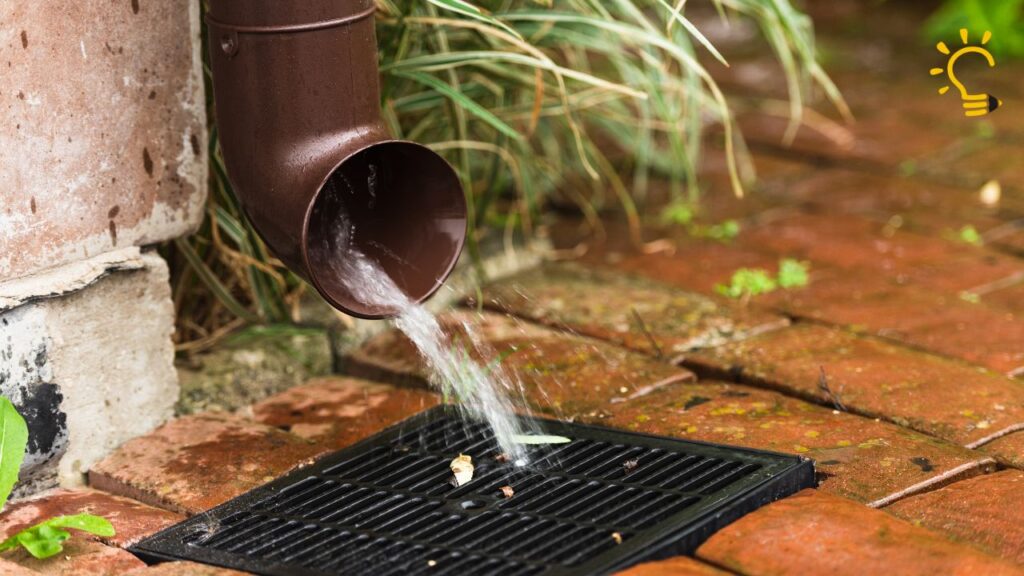
Using baking soda and vinegar safely
A more effective homemade remedy combines common household ingredients to break down organic matter. Here’s how to apply it:
- Pour half a cup of baking soda followed by half a cup of salt down the drain
- Add one cup of white vinegar and listen for the fizzing reaction
- Let the mixture sit overnight (at least 8 hours)
- Flush with boiling water the next morning
This treatment creates a powerful chemical reaction that removes hair, grime, and grease—all potential breeding grounds for drain flies. Repeat this process every 3-4 days until the flies disappear completely.
Scrubbing with a drain brush
Physical removal remains one of the most reliable methods for drain flies treatment. Use a stiff metal wire brush designed for drains to scrub inside and around drain openings. Move the brush in an up-and-down motion, reaching as far down as possible to remove slime buildup on pipe walls. This approach works particularly well for moderate infestations since it directly eliminates the breeding material that drain fly larvae feed on.
When to use a commercial drain fly killer
For persistent or severe infestations, commercial drain cleaners specifically formulated to kill drain flies offer the most thorough solution. Enzymatic drain cleaners or gel formulas that cling to pipe walls are especially effective at breaking down organic matter throughout the entire drain system. Apply these products at night when drains won’t be used for several hours. Most require daily application for at least five consecutive nights. Subsequently, weekly maintenance applications can prevent future infestations.
How to Get Rid of Drain Flies Permanently
Permanent elimination of drain flies requires going beyond surface treatments to address the breeding environments completely. According to pest experts, these resilient insects can establish continuous breeding cycles lasting 8-24 days per generation if underlying issues remain untreated.
Eliminating drain fly larvae at the source
First and foremost, thorough removal of organic buildup is essential for stopping drain fly reproduction. Simply pouring boiling water or bleach provides only short-term relief without removing the critical organic film. To properly eliminate drain fly larvae:
- Scrape several inches into the drain using a dull knife to remove slime buildup
- Use a hard bristle brush with industrial drain cleaner to thoroughly scrub drain walls
- Snake drains first to clear blockages preventing proper water flow
- Remove and clean J-traps beneath sinks to eliminate accumulated debris
For commercial facilities, consider using bacterial gels or foam cleaning systems that cling to vertical surfaces, suffocating larvae while bacteria digest accumulated grease.
Fixing plumbing leaks and stagnant water issues
Unresolved plumbing issues often create ideal breeding conditions for persistent drain fly problems. These pests can detect moisture and organic buildup in concealed areas throughout your home. Thoroughly check for:
- Slow-draining pipes allowing organic material accumulation
- Hidden leaks creating moisture in walls or crawl spaces
- Damaged sewer lines causing waste backup
- Improperly sealed pipe connections
Recurring drain fly infestations despite regular cleaning typically signal deeper plumbing problems requiring camera inspection. Fix any leaky traps or pipes immediately, as dripping water provides both food and moisture for drain flies.
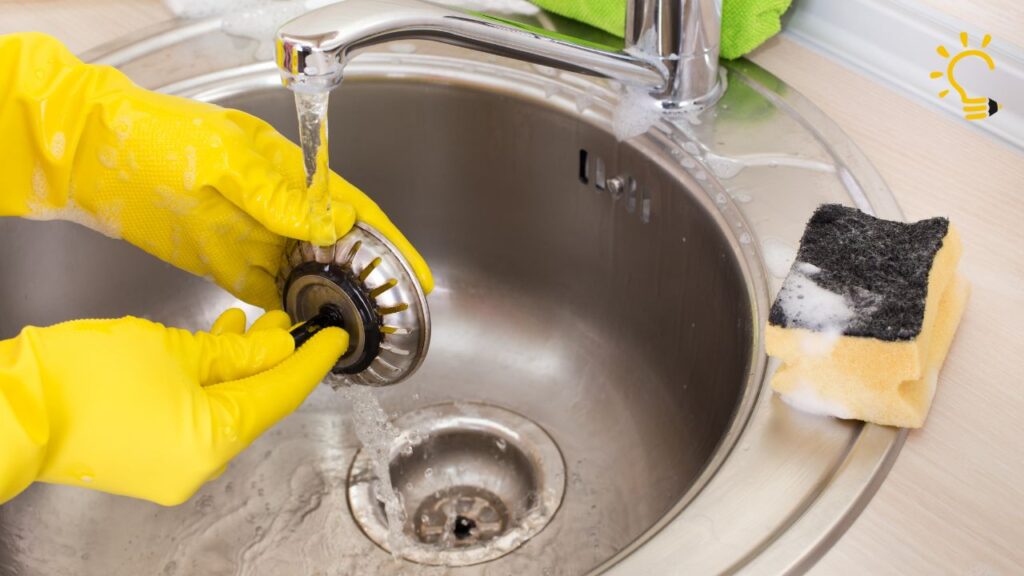
Cleaning hidden breeding spots like mop basins and floor drains
Beyond obvious locations, drain flies thrive in overlooked wet areas containing organic material. Floor drains collect standing water in their traps, creating prime egg-laying environments. Other potential breeding spots include:
- Elevator pits and areas around sump pumps
- Material beneath leaking sewage pipes
- Condensate pans under refrigerators
- Wet lint in laundry areas
- Rarely used utility sinks
For floor drains, clean thoroughly with a stiff brush and hot water, followed by a baking soda/vinegar treatment. In seldom-used drains, add a tablespoon of cooking oil to prevent water evaporation while maintaining the water barrier.
Preventing Future Infestations
After eliminating an existing infestation, ongoing prevention becomes the cornerstone of permanent freedom from drain flies. Consistent maintenance disrupts their breeding cycle, ensuring these stubborn pests don’t return to your home.
Weekly drain maintenance routines
Establishing a regular cleaning schedule provides the most effective defense against future drain fly problems. For optimal results:
- Pour boiling water down all drains weekly to flush away organic buildup
- Apply a drain cleaning gel at bedtime when drains won’t be used for several hours
- Physically clean drains with a hard bristle brush to remove biofilm from pipe walls
- For seldom-used drains, cover them with a drain stopper or flat rubber cover
Remember that drain flies need at least a week to complete their development cycle, consequently, weekly maintenance effectively interrupts their reproduction before new adults emerge.
Using enzymatic cleaners as a long-term solution
Enzymatic drain cleaners work by breaking down the organic matter that drain flies need to survive. Unlike harsh chemicals, these bio-friendly formulations:
- Contain beneficial bacteria that consume organic residues
- Cling to vertical pipe surfaces, reaching areas manual cleaning might miss
- Are safe for all types of plumbing and septic systems
- Reduce foul odors and improve flow in slow drains
For best results, apply 2-4 ounces of enzymatic cleaner weekly for regular maintenance, or daily for problematic drains. These products essentially create an environment where drain flies can’t establish breeding grounds.
How to monitor for early signs of return
Vigilance remains vital for detecting potential reinfestation promptly. Try this simple monitoring technique:
Place clear sticky tape across drains overnight with the sticky side facing down, but don’t completely cover the opening. Check the tape each morning—if flies appear, that drain requires immediate attention. Continue testing for five consecutive nights, as breeding cycles may vary.
Additionally, place glue boards in areas where you’ve previously seen drain flies. The board collecting the most flies indicates the primary infestation source, directing your cleaning efforts where they’re most needed.
Conclusion
Dealing with drain flies requires persistence and a multi-faceted approach. Throughout this guide, I’ve shared professional techniques that target these pests at every stage of their lifecycle. Remember, drain flies aren’t just annoying—they signal potential plumbing issues that deserve attention.
Most importantly, successful drain fly elimination combines thorough cleaning with preventive maintenance. Boiling water offers temporary relief, but permanent solutions demand addressing the slimy biofilm where larvae develop. Baking soda and vinegar treatments, coupled with physical scrubbing, break down organic matter effectively, while commercial products provide stronger intervention for serious infestations.
Additionally, don’t overlook hidden breeding grounds. Floor drains, condensate pans, and rarely used fixtures often harbor these pests undetected. Fixing leaky pipes and ensuring proper drainage prevents the moist conditions drain flies need to thrive.
Therefore, establish a weekly maintenance routine after clearing the initial infestation. Enzymatic cleaners work exceptionally well as long-term solutions because they continuously digest organic matter without harming your plumbing. Regular monitoring with simple sticky tape tests helps catch new activity before another infestation develops.
Despite their resilience, drain flies can be eliminated permanently with the right approach. Armed with this knowledge, you now have everything needed to banish these pests from your home or business. Take action today, remain vigilant, and enjoy drain fly-free living for years to come.
FAQs
Q1. How can I identify drain flies in my home? Look for small, moth-like insects with fuzzy wings near drains or on bathroom walls. They are poor fliers and tend to make short, hopping flights. To confirm their presence, cover suspected drains overnight with a clear plastic cup coated with petroleum jelly on the inside. If drain flies are emerging, you’ll find them stuck to the coating by morning.
Q2. Why do drain flies keep coming back after I’ve tried to get rid of them? Drain flies often return because DIY treatments like boiling water or bleach don’t penetrate deep enough to remove the organic matter where they breed. Additionally, you may be overlooking secondary breeding sites such as floor drains, condensate pans, or hidden plumbing leaks.
Q3. What’s the most effective way to eliminate drain flies? The most effective approach combines thorough cleaning with ongoing maintenance. Start by physically removing organic buildup using a drain brush, then apply a mixture of baking soda, salt, and vinegar. For persistent infestations, use commercial enzymatic cleaners that break down organic matter throughout the entire drain system.
Q4. Are there any natural remedies for getting rid of drain flies? Yes, a mixture of baking soda, salt, and white vinegar can be effective. Pour half a cup of baking soda followed by half a cup of salt down the drain, then add one cup of white vinegar. Let it sit overnight, then flush with boiling water in the morning. Repeat this process every 3-4 days until the flies disappear.
Q5. How can I prevent drain flies from coming back after treatment? Establish a weekly maintenance routine that includes pouring boiling water down all drains, using enzymatic cleaners, and physically cleaning drains with a brush. Fix any plumbing leaks promptly, and ensure proper drainage in all areas. For seldom-used drains, cover them with stoppers or add a tablespoon of cooking oil to prevent water evaporation while maintaining a water barrier.


